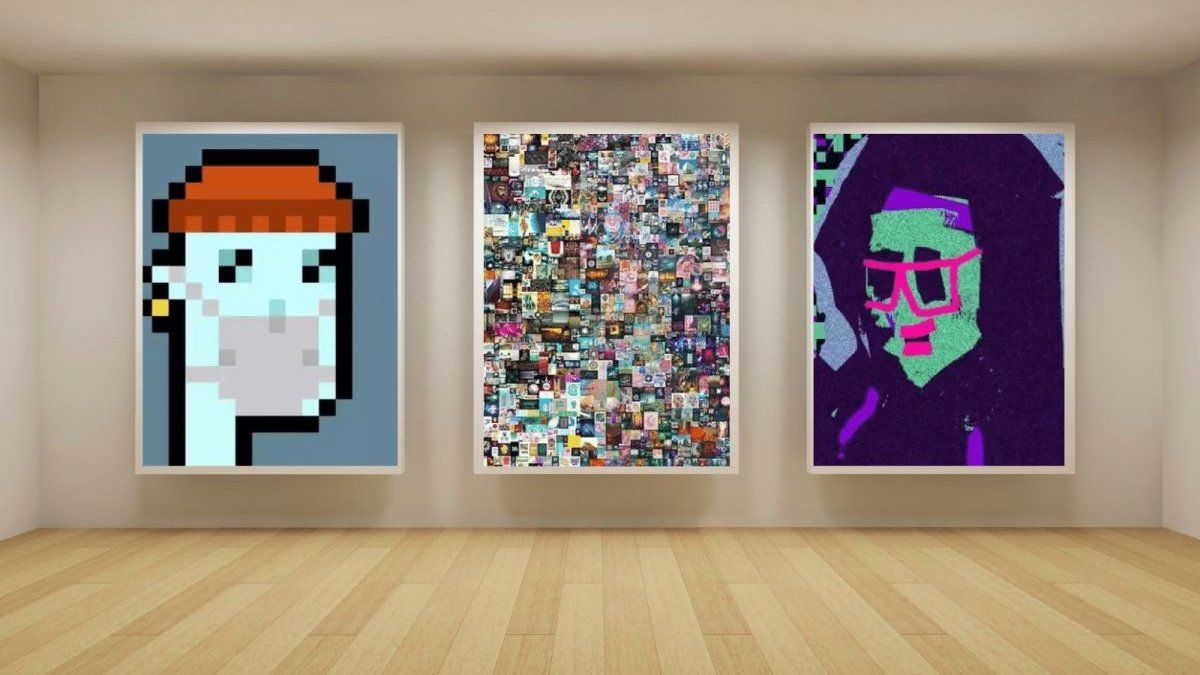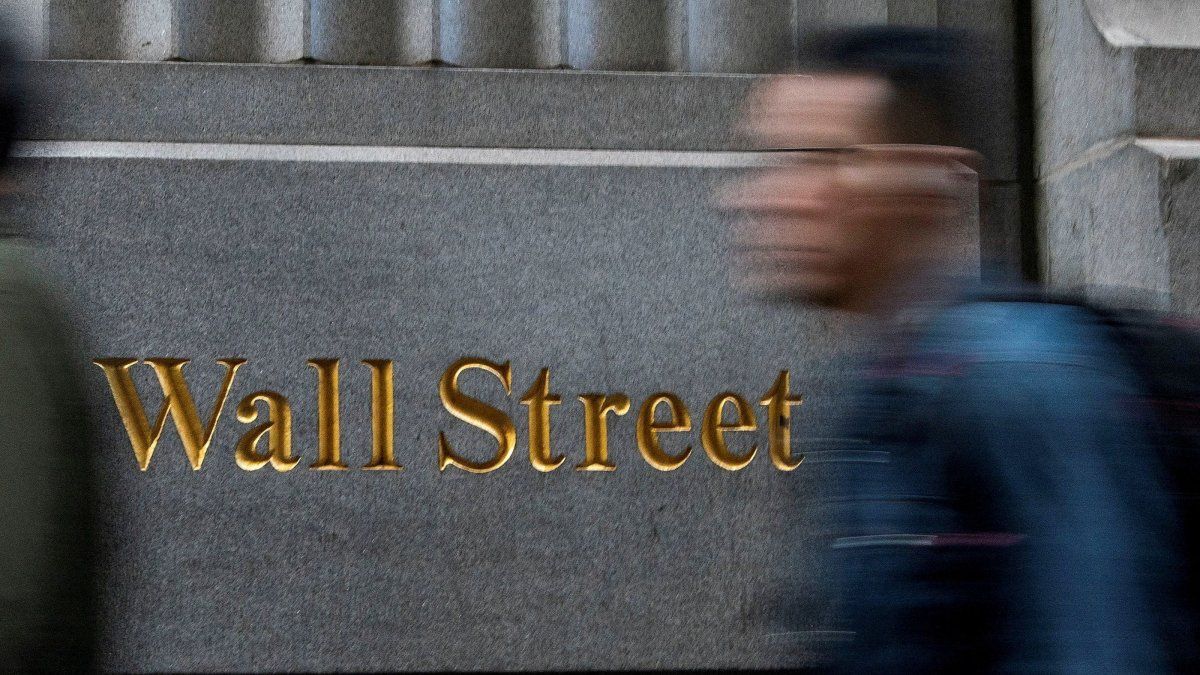A new report shows that the non-fungible token (NFT) market has collapsed and that almost all NFTs are virtually worthless. It should be noted that NFTs were in fashion for a while. The idea is that non-fungible tokens create scarcity of digital objects, allowing for a new type of trackable digital property. However, that boom appears to be over.
“Enthusiasm around NFTs peaked in the 2021/22 bull run, which recorded almost $2.8 billion in monthly trading volume recorded in August 2021. From this, NFTs captured the collective imagination around the world with multiple news reports about million-dollar deals for the sales of certain NFTs. assets,” wrote dappGambl.
However, 2022 was a difficult year for cryptocurrencies. Currently, Bitcoin is worth US$27,223 and Ethereum US$1,630.99, far from their all-time high values of more than US$65,000 and US$4,700, respectively. As for NFTs, the news is dire.
“The vast majority of NFTs have no value”wrote dappGambl. According to his research, 95% of people who own NFT collections own an asset with no real value. This means that more than 23 million people have “worthless” investments.
“This discouraging reality should serve as a sobering brake on the euphoria that has often surrounded the NFT space”dappGambl continued.
As of September 1, OpenSea, once the leading marketplace for art linked to non-fungible tokens (NFT), rescinded its policy of mandatory royalty payments to NFT creators.
Total NFT trading volume plummeted from around $5.36 billion in January 2022, according to The Block, $410 million in August. OpenSea’s share of the struggling NFT market fell to less than 30%.
How the NFT craze began
Digital works encoded on blockchains gained popularity in 2021 after artist Beeple sold a collection of previously posted images on his Instagram page for US$69 million.
Seeing the large amount of money that can be earned with these tokens, thousands of artists joined.
In his short life, NFT-linked art was largely digital, often in series of similar images with several unique features that make some more collectible than others.
A recent study, carried out by the company Hiscox through surveys and interviews with senior managers of 46 online art platformspoints out that 36% of those who own works of this type state that their intention is to sell part of their collections, while 6% would donate them to social and charitable causes.
On the contrary, 43% of buyers say they will keep their NFTs for their personal enjoyment, 28 percent would like to display them in the Metaverse and 19% in a museum or physical gallery, according to data collected from the report by news agencies DPA and Europa Press.
Source: Ambito
I am a 24-year-old writer and journalist who has been working in the news industry for the past two years. I write primarily about market news, so if you’re looking for insights into what’s going on in the stock market or economic indicators, you’ve come to the right place. I also dabble in writing articles on lifestyle trends and pop culture news.




